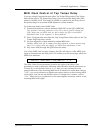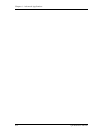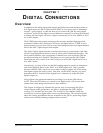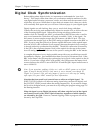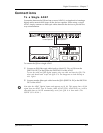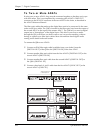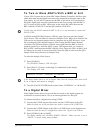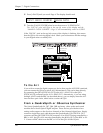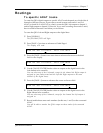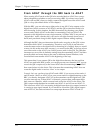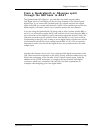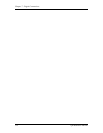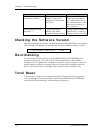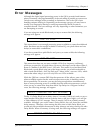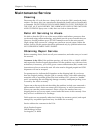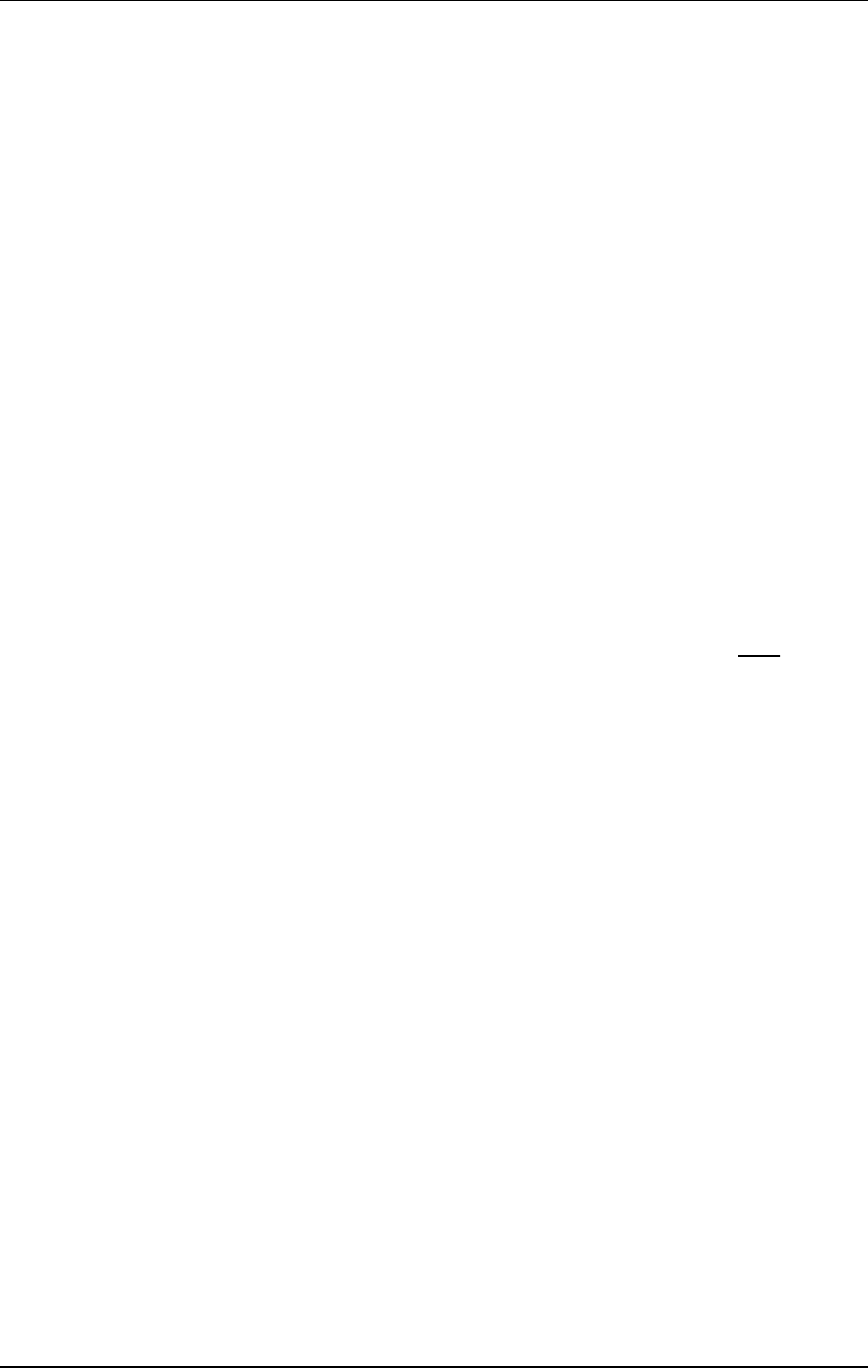
Chapter 7 - Digital Connections
112 Q20 Reference Manual
From ADAT through the Q20 back to ADAT
When routing ADAT tracks to the Q20 to be recorded back to ADAT, how you go
about it depends on whether or not you are using a BRC. If you have one or more
ADATs with no BRC, then you simply connect the digital buss of the ADATs and
Q20 in a loop (described earlier in this chapter).
With the BRC, you can select up to eight tracks of one ADAT to be output on the
digital buss (which connects to all ADATs and the Q20 as described earlier) for
track bouncing. In this situation, the BRC determines (by choosing your digital
source tracks) which ADAT in the chain is transmitting. Only one ADAT can
transmit on the digital buss at any single moment. All other ADATs are put into a
Òdigital thruÓ mode, whereby they can receive all eight channels (even record
them) and pass them along to their digital outputs without adding anything.
Although the BRC does not determine which tracks are going to the Q20, it does
determine which ADAT is transmitting. Therefore, even if you do not intend to
route the same tracks to the digital buss for bouncing (it is unlikely that you would
want to do this at the same time, anyway), you must use the BRC to choose at least
one of the tracks on the ADAT you wish to process audio in the Q20. The Q20 then
intercepts any two of the 8 channels coming from the transmitting ADAT, and then
processes them and routes them to the same or different channel numbers, to be
recorded back onto another ADAT in the beginning of the loop.
This means that if you connect Q20 to the digital buss between the last and first
ADAT in a multi-unit/BRC system, you can process any two channels; BUT you can
record the Q20Õs output only to the same ADAT that is transmitting or any ADAT
that comes before it in the chain. This is because the transmitting ADAT does not
route the digital audio it receives ÒthruÓ to its output.
Example: LetÕs say you have four ADATs and a BRC. If you were to select tracks 9
and 10 (tracks 1 and 2 on ADAT #2) as your source tracks for digital bouncing on the
BRC, you thereby designate ADAT #2 as the transmitter on the digital buss. Q20
can now intercept any of that ADATÕs 8 channels, process them, and output them
back onto two channels, which connects back to the first ADAT in the chain. The
Q20Õs output could therefore be recorded onto ADAT #1 and #2, but not ADAT #3.
This is because ADAT #2 is not routing its digital input thru to its output, because it
is routing its tape signal instead. If you wanted to record the Q20Õs digital output
onto ADAT #3, the easiest solution is to swap tapes between ADAT #1 and #3.



